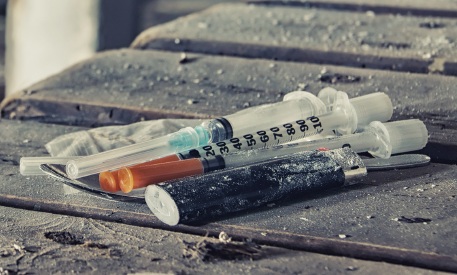Comparative theory between Veterinary Science
& Alcoholism Treatment Staff
You take you pet Dog, Cat or Yellow Anaconda or Egyptian Asp to the
veterinary. I can assure that those animals get very scientifically based
treatment than if you personally were in need of treatment for alcoholism.
Most veterinarians have an advance degree a VMD. or DVM . These doctors
examines, assess and then engineers a plan of treatment so that whatever
medical disease or injury will most likely be resolves. To earn the Doctor
of Veterinary Medicine (D.V.M. or V.M.D.) degree, candidates must
graduate from one of the twenty-eight schools of veterinary medicine
in the United States, or they may study abroad.
To become licensed to practice veterinary medicine, candidates must
also pass your state's oral and written licensing examinations. In the
United States, only about one-third treat small pets exclusively. They
immunize cattle and treat diseases contracted by the animals. Some
veterinarians who specialize in the treatment of large animals work
for themselves, zoos or ranches or any other commercial enterprise
where animals are important such as the movie industries or different
level of government as inspectors.
In essence Veterinarians care for pets, livestock, sporting and laboratory
animals, and protect humans against diseases carried by animals.
Veterinarians diagnose medical problems, dress wounds, set broken
bones, perform surgery, prescribe and administer medicines, and
vaccinate animals against diseases. They also advise owners on care
and breeding. Some specialized on fish and poultry.
You can read more about the education and experience
of veterinariasns by reading the following website where
according to http://netvet.wustl.edu/vetjob.html You can skip the
paragraph. I just want to make a point on the amount of education,
expertise, experience and training required to treat an animal.
The must important characteristic of a subtance use disorder treatment staff
is not his education and training. Not years of research experience. It is not
whether they spend all evenings reading through the latest studies or research
in a journal, book or even internet website that talks about improving treatment
outcome, ethics even discuss with other collegues the direction to go with
certain conditions at the facility or special patient who does not seem to be
responding to treatment.
The most important characteristic of a treatment staff seem to be
whether the counselor had been an alcoholic or junky in the past and how
long they have been "clean and sober". One hears the term "he/she
is all about recovery". Which means that he/she have been clean and
sober for multiple years. For the most part they stand handsomely
has been against all possibilities and hope. Treatment programs all
claim high statistical numbers. Unfortunately (or unforgettable to me)
was when we hear at almost every 12 Step meeting brought in by an
outside group is the constant reminder that only 4 of 100 patients will
stay totally abstinence by the end of the first year. That was another
time that I was alarmed, but clients don't seem to understand the
implications of this statement. They are drilled constantly that the
recovery is their responsibility and I suppose that to a great degree
it is. These statement began a course of discovery to me. What
about, what is the responsibility of the professional? none, that seem
to be clearly their attitude. What about the quality or better yet the
level of competency of the professional? What about their ignorance
of approaches that have show to have effectiveness and safety?
Check it out, if you are a patient or was a patient, look at the attitude
of the facility and the treatment staff toward patients. Look and see
how much responsibility they seem to take for the improvement of
the patients health and needs.
I think you got my drift. Why is it that substance use disorder and
mental health treatment staff think that they are not responsible for
patient outcomes?
